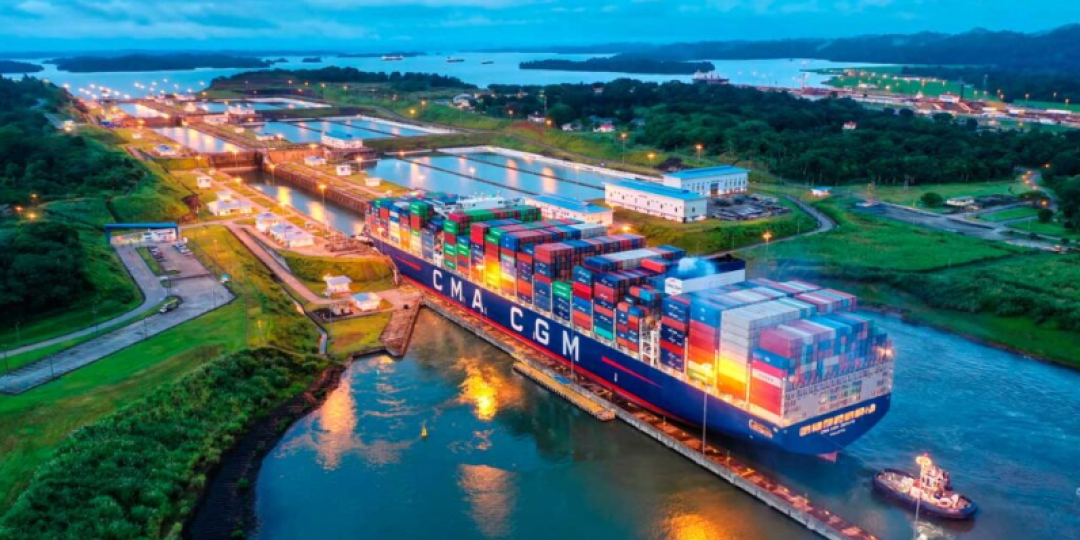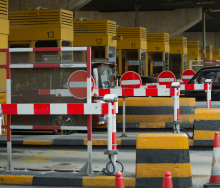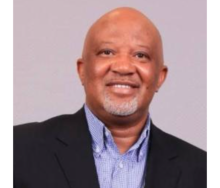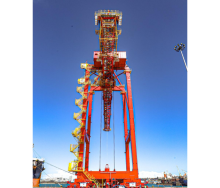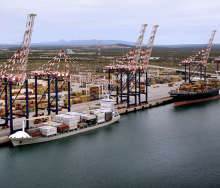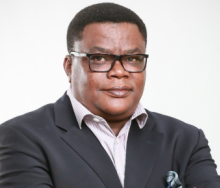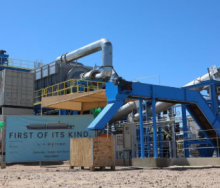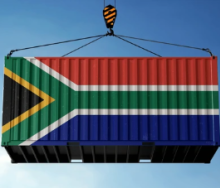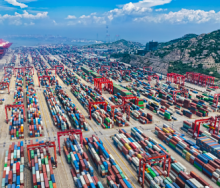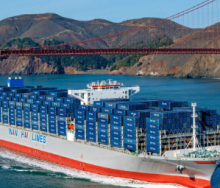In light of recent remarks by US President Donald Trump to “take back” the Panama Canal, The Bank of America (BofA) Global Research team has released an independent report titled, “Strong, efficient & profitable – who wouldn’t want to own the Panama Canal?”.
Their findings emphasised the operational independence, neutrality, as well as the financial resilience and critical role the Panama Canal plays in global commerce and reviewed some of the challenges faced in the region over the past few years.
This comes as Trump has warned of “powerful” US action in an escalating diplomatic row with the Central American country over China’s presence around the vital waterway,
BofA stressed that the waterway was owned by the Government of Panama, but managed by the Panama Canal Authority (ACP). The report points out that the ACP has consistently invested in enhancing the capacity and operational efficiency of the waterway since Panama took full operational control in 1999.
According to BofA, “[T]he Panama Canal Authority has doubled the capacity with a $5.25-billion expansion launched in 2008 and completed when Neo Panamax locks were inaugurated in 2016. Investments have totalled $15bn over the past 25 years, including $10bn in capital expenditures and $5bn in operational and maintenance expenses.”
The report goes on to say that the ACP’s commitment to operational efficiency and strategic investment is evidenced by its ability to adapt to ever-evolving challenges. For instance, in response to the drought that impacted the canal’s water levels, the report states: “To safeguard against future water shortages, the Indio River project is advancing with expectations that it will match Alhajuela Lake in capacity. This initiative is part of a broader effort to restore and optimise the Panama Canal watershed, providing a more sustainable approach to water management. A community census is currently under way to assess resettlement needs, and the relocation process is expected to begin by the end of 2025.”
In addition to its infrastructure investments, the ACP also maintains a transparent and market-driven toll system, according to the report. Using data from the ACP, BofA’s analysts explain that the tolls are determined by vessel type and industry segment, independent of nationality. The report also cited the ACP Administrator, Dr Ricaurte Vásquez, indicating that his team had found that total transit fees were less than 1% of the value transiting the canal, estimated at $581bn.
According to BofA, financially, the ACP’s autonomy and transparency contributed to a higher credit rating (A3/BBB+/WD) than the Republic of Panama (Baa3/BBB-/BB+). The financial performance is also reflected in the valuation of the ACP’s bonds, which yield 5.3%, nearly 200 basis points higher than Panama’s sovereign bonds, which underscores investors’ confidence in the ACP’s efficiency and governance.
Regarding concerns about the People’s Republic of China’s running the canal’s ports, the report says that the original concession for operations was granted to the Panama Ports Company, a subsidiary of CK Hutchison Whampoa, also known as CK Hutchinson Holdings, and was approved by the US administration before Panama took control of the canal in 1999. According to BofA, “… [the Panama Canal Authority] does not have responsibility over port concessions or port operators in Panama, and notes that the only responsibility is operational because they are located in Panama Canal waters….”
In conclusion, the BofA report reinforced the ACP’s operational autonomy, confirmed it was free of foreign influence, and emphasised the authority’s overall commitment to maintaining transparency, legality, efficiency and sovereignty at the Panama Canal.
